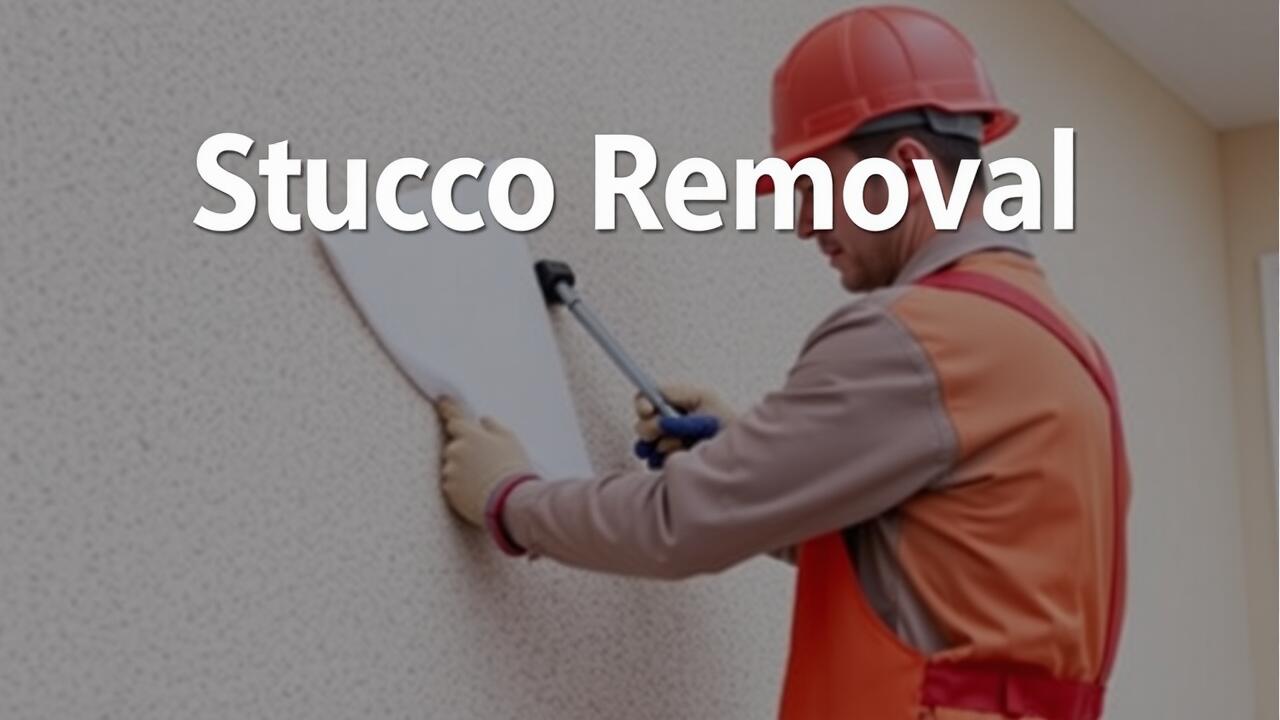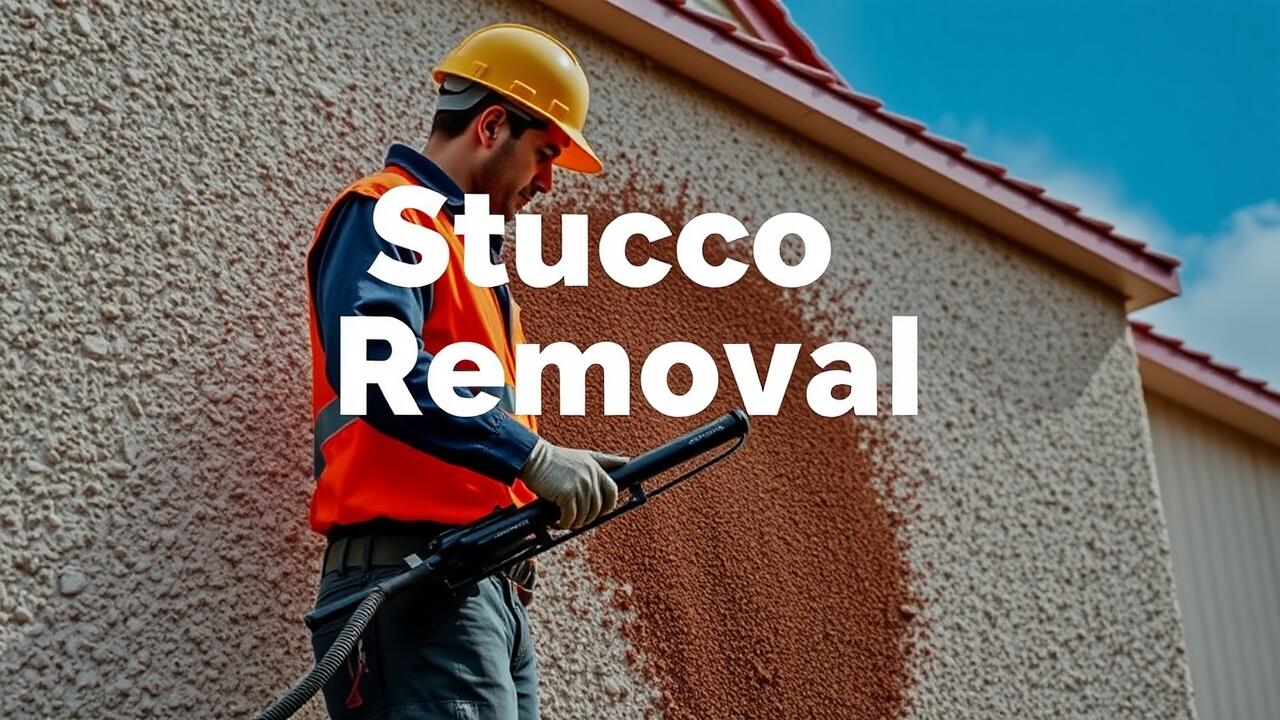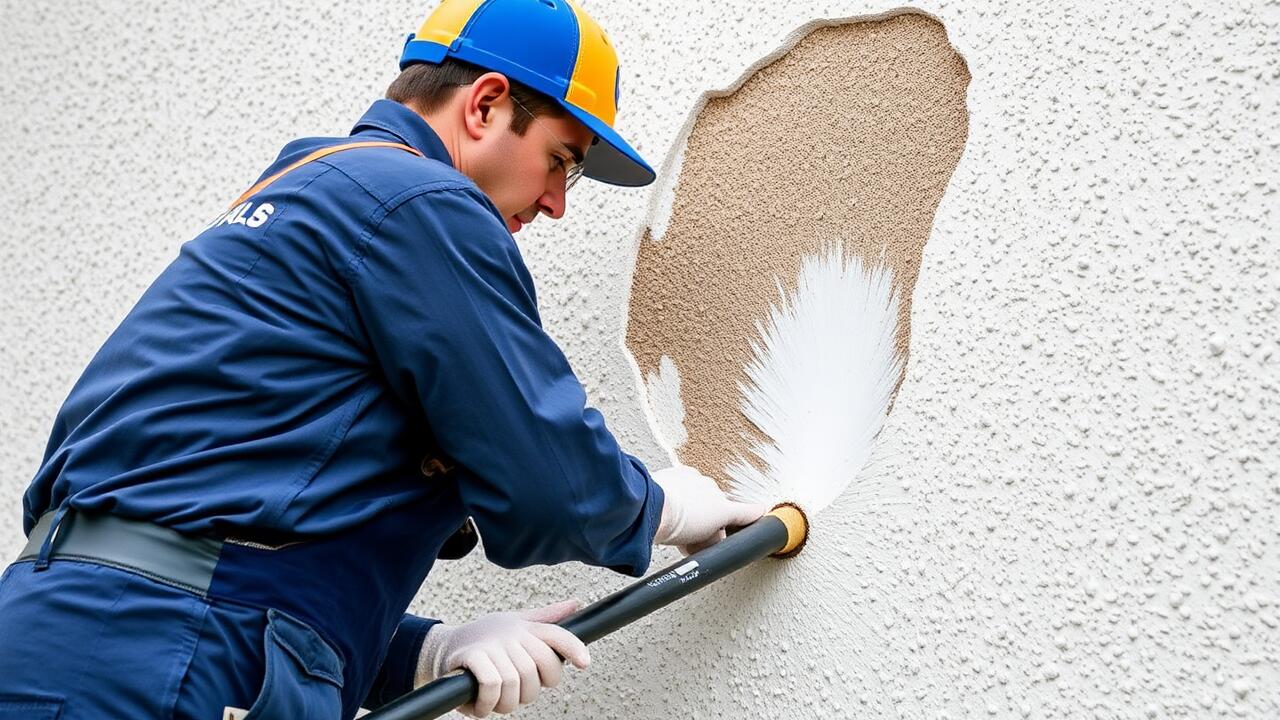
Cost Comparison of Abrasive vs. Non-Abrasive Methods
When evaluating the cost comparison of abrasive and non-abrasive methods, initial investment plays a significant role. Abrasive techniques typically require more expensive equipment and materials, such as specialized machinery for grinding or sandblasting. These costs can add up quickly, especially for projects like stucco removal in Palms, Los Angeles, where local regulations might mandate specific approaches to ensure safety and compliance. Additionally, operational costs associated with abrasives, including maintenance and labor, can increase the overall expense.
Non-abrasive methods, while often requiring a lower initial investment, can have varying operational costs based on the materials used. Techniques like soft washing or liquid chemical removers may minimize equipment needs but can incur costs related to consumable products. Compared to the abrasive options, these methods often produce less waste, translating into potential savings during disposal and reducing long-term expenses. Evaluating both approaches provides a clearer picture of which method aligns with budget constraints, project goals, and specific contexts like stucco removal in Palms, Los Angeles.
Initial Investment and Operational Costs
The initial investment for abrasive methods tends to be higher due to the necessary equipment and materials needed for effective operations. Professional services often require substantial machinery and specialized personnel for tasks like concrete cutting or surface preparation. In contrast, non-abrasive methods may involve lower startup costs since they frequently utilize more accessible tools and techniques. This difference can be significant for businesses focused on budget management, especially in areas like Stucco Removal Palms, Los Angeles.
When evaluating operational costs over time, abrasive methods can lead to increased expenses related to equipment maintenance and material consumption. Operators must regularly invest in replacement parts and safety gear due to the wear and tear from abrasive processes. Non-abrasive techniques may offer greater cost efficiency in the long run, as they often involve less damage to existing surfaces and a reduced need for restoration. For instance, less debris is produced during methods used in Stucco Removal Palms, Los Angeles, leading to lower disposal costs and faster cleanup times.
Environmental Impact of Abrasive Techniques
The environmental impact of abrasive techniques is significant and often raises concerns regarding sustainability. Processes such as sandblasting, which are commonly used for tasks like stucco removal, can release large quantities of dust and particulate matter into the air. This not only contributes to air pollution but also poses health risks to workers and nearby communities. Additionally, the materials used in abrasive methods, including silica and various chemical additives, can contaminate soil and water sources if not properly contained.
In regions like Los Angeles, where stucco removal is frequently needed, the timing and method of abrasive practices must be carefully managed. The debris generated can disrupt local ecosystems, impacting plant life and wildlife. Proper measures should be taken to minimize exposure and protect surrounding habitats. As the awareness of these environmental challenges grows, more operators may seek eco-friendlier alternatives to traditional abrasive techniques, emphasizing the need for a shift towards methods that prioritize both effectiveness and environmental responsibility.
Sustainability Considerations
Sustainability in construction and renovation projects often influences the choice between abrasive and non-abrasive methods. Non-abrasive techniques tend to minimize material waste and preserve existing resources while being less harmful to surrounding environments. For instance, when professionals in areas like Stucco Removal Palms, Los Angeles, opt for non-abrasive methods, they often reduce the release of pollutants and particulate matter into the air, creating a healthier atmosphere for the community.
Another significant aspect of sustainability is energy efficiency. Non-abrasive methods typically consume less energy compared to their abrasive counterparts, leading to lower carbon footprints throughout the project. This efficiency aligns with broader environmental goals, making it a favorable choice for eco-conscious consumers and companies alike. As urban areas become more densely populated, the importance of sustainable practices in all forms of construction, including stucco removal, continues to grow.
Environmental Impact of Non-Abrasive Techniques
Non-abrasive techniques, such as chemical or water-based methods, have garnered attention for their reduced environmental footprint compared to traditional abrasive approaches. These methods often utilize less energy and fewer harmful materials, which minimizes their impact on surrounding ecosystems. For example, when it comes to projects like stucco removal in Palms, Los Angeles, using non-abrasive techniques can prevent dust and debris from polluting the air, making the process safer for nearby residents and wildlife.
The benefits extend beyond just immediate efficiency. Non-abrasive methods tend to generate less waste, which can lead to fewer materials ending up in landfills. By selecting methods that prioritize environmental health, businesses and homeowners in areas like Palms can contribute positively to local ecosystems. Practices that favor sustainability not only align with stricter environmental regulations but also promote a healthier community atmosphere.
Benefits for Ecosystems
Non-abrasive methods of surface preparation and cleaning have gained attention for their positive impact on ecosystems. These techniques often utilize water, heat, or chemical solutions that minimize the release of harmful particles into the air and water. By choosing strategies that avoid blasting or scraping, the potential harm to surrounding flora and fauna is significantly reduced. The use of non-abrasive methods aligns with protective measures for local wildlife habitats, fostering a healthier environment.
In urban settings like Los Angeles, where construction and renovation occur frequently, the adoption of non-abrasive techniques can benefit local ecosystems. Services like Stucco Removal Palms, Los Angeles, highlight the importance of eco-friendly practices that reduce environmental disturbance. The reduction of hazardous materials entering storm drains helps protect waterways and decreases pollution in urban landscapes. This approach not only safeguards ecosystems but also supports community well-being by promoting cleaner air and water.
FAQS
What are the main differences between abrasive and non-abrasive methods?
Abrasive methods involve the use of materials that physically wear away surfaces, while non-abrasive methods utilize techniques that do not cause material removal, such as chemical treatments or gentle cleaning processes.
Which method is more cost-effective in the long run?
While abrasive methods often have lower initial investments, non-abrasive methods may offer lower operational costs over time due to reduced wear and tear on equipment and surfaces.
How do abrasive methods impact the environment?
Abrasive techniques can generate waste and pollution, including dust and contaminants, which may harm local ecosystems and air quality.
Are non-abrasive methods more sustainable?
Yes, non-abrasive methods tend to have a lower environmental impact, utilizing eco-friendly materials and processes that are less harmful to ecosystems.
Can both methods be used for the same applications?
While both methods can be employed for similar tasks, the choice between abrasive and non-abrasive methods usually depends on the specific requirements of the project, including surface type and desired results.

